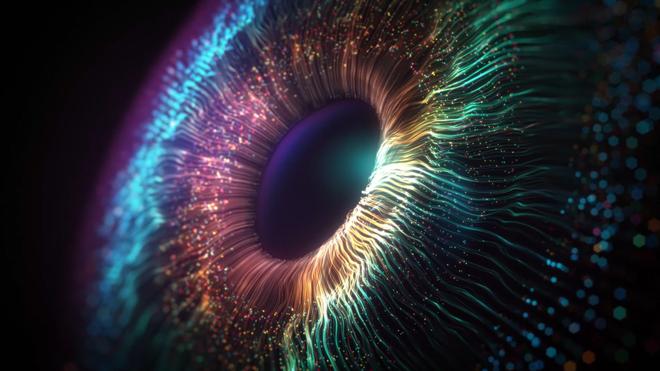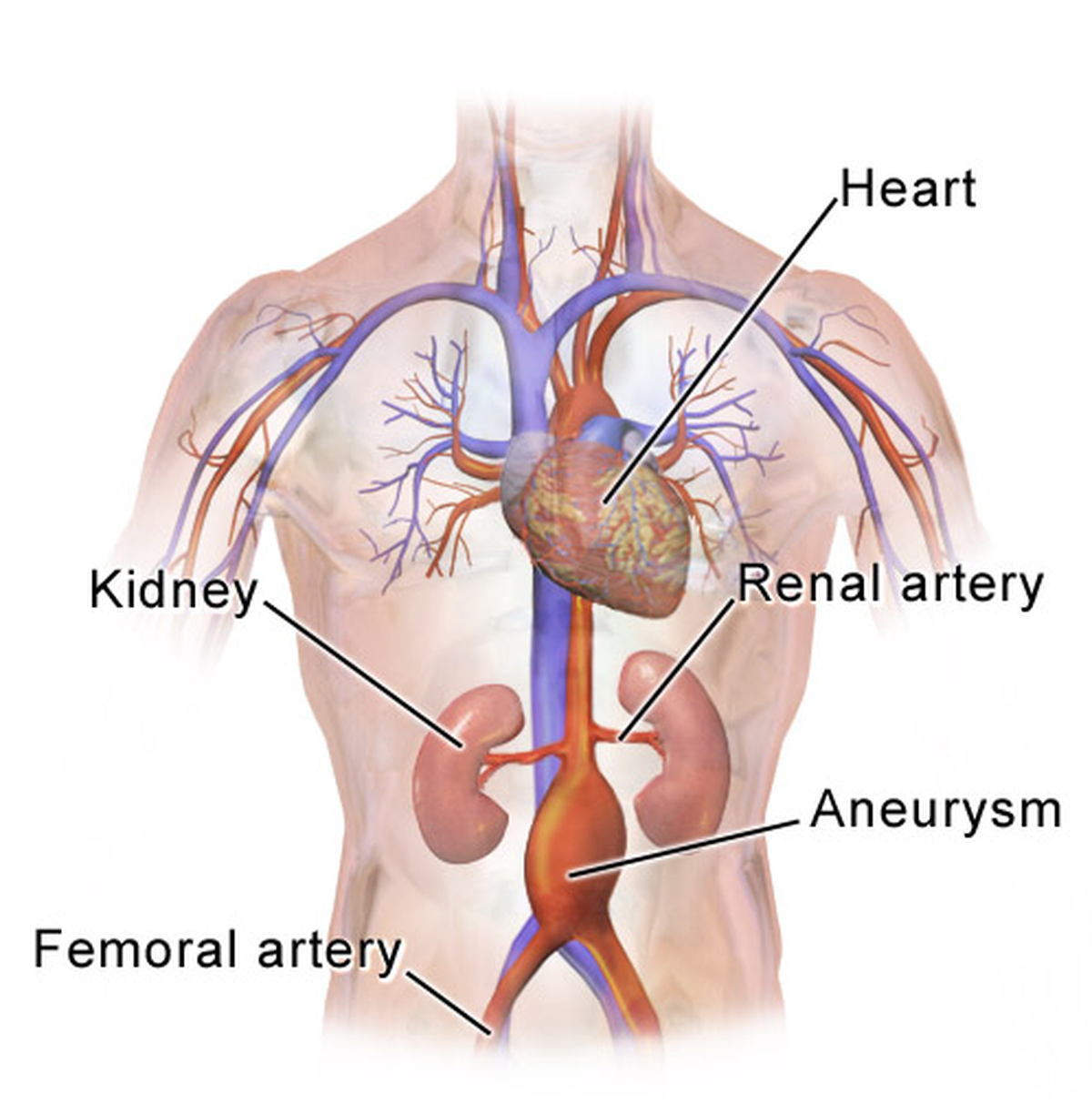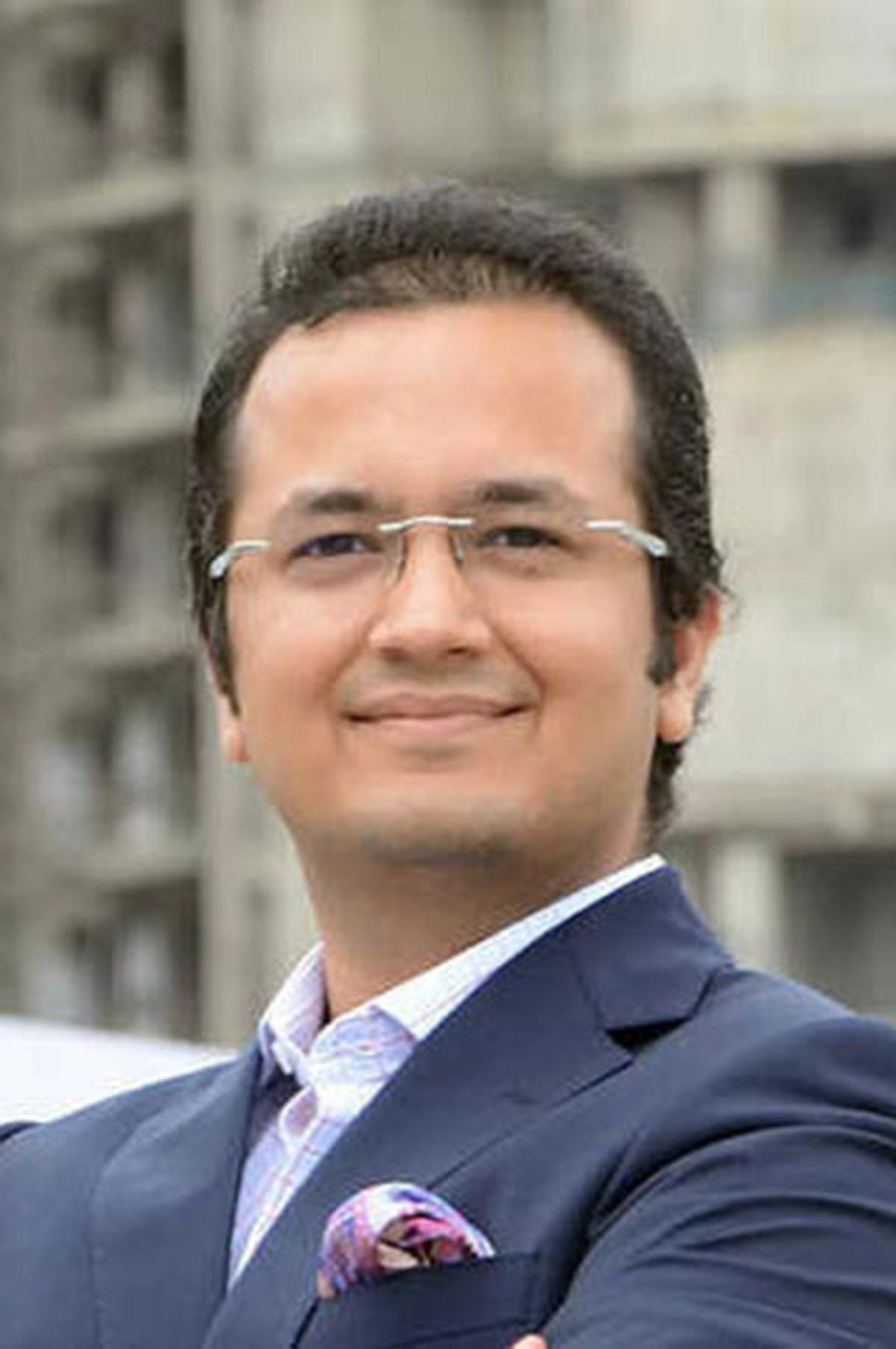The rise of AI-generated synthetic medical images: a new frontier or potential pitfall? Premium
In a world where even experts are sometimes puzzled by our economic systems, only a tiny fraction of economists truly understand the mechanics that govern them. Imagine what would happen if these experts were replaced by artificial intelligence (AI). Would we still trust our monetary systems? This thought experiment becomes particularly relevant while considering the rapid rise of synthetic medical images in healthcare.
At its core, a synthetic medical image is generated by AI or computer algorithms without being captured by traditional imaging devices such as MRI, CT scans, or X-rays. These images are entirely constructed using mathematical models or AI techniques like generative adversarial networks (GANs), diffusion models, and autoencoders.
Synthetic images are like the concept of “this person does not exist” images, where the AI creates images of people who do not actually exist in the real world. In the medical field, synthetic medical images are created in a similar way, where the AI generates entirely new medical scans or radiological images that mimic real ones but are not derived from any actual patient data.
How are these images created? A variational autoencoder (VAE) takes an image, compresses it into a simpler form called the latent space, and then tries to recreate the original image from that compressed version. The process continuously improves the image by minimising the difference between the real image and the recreated version.
GANs involve a generator that creates synthetic images from random data and a discriminator that determines whether the image is real or synthetic. Both improve through competition—the generator tries to make its images more realistic, while the discriminator gets better at spotting fakes.
Diffusion models begin with a bunch of random noise and gradually transform it into a realistic image, using a step-by-step process that slowly shapes the noise into something that resembles the images it was trained on. These methods generate synthetic images in various fields, including healthcare and research.
One significant advantage of synthetic medical images is their ability to facilitate intra- and inter-modality translation. Intramodality translation refers to generating synthetic images within the same type of imaging modality, such as improving or reconstructing MRI scans based on other MRI data. Inter-modality translation, on the other hand, involves generating synthetic images by translating between different types of imaging modalities, such as creating CT scans from MRI data. This ability to move across and within modalities is invaluable in cases where certain scans are unavailable or incomplete. Synthetic images can fill these gaps by creating accurate representations from other types of data.
Privacy protection is another significant advantage. Since synthetic images are generated without patient data, they circumvent privacy concerns, making it easier for researchers and healthcare providers to share and collaborate on AI development without the risk of violating patient confidentiality. Synthetic medical images also address the time and cost of collecting real medical data.
Synthetic data algorithms have the potential for malicious applications, including introducing deepfakes into hospital systems. Deepfakes may impersonate individual patients, introducing clinical findings that do not exist, which could lead to incorrect diagnoses or treatments. Worse yet, they could be exploited to submit fraudulent claims to health insurers, creating a pathway for financial exploitation.
Synthetic images might lack the complexity and nuances of real-world medical data. For instance, while a synthetic brain MRI might look accurate, it may not capture the subtle variations in tissue density or lesion patterns found in real-world cases. The AI model’s performance may worsen over time due to the absence of rich, real-world variability.
What if, over time, our AI systems, trained on synthetic medical data, begin to rely more on fabricated images than on real-world cases? This is where the issue of truth erosion comes into play. As synthetic medical images become more prevalent, the distinction between what is real and what is generated may blur, making it harder for medical professionals to trust AI diagnoses based solely on synthetic data.
Suppose AI systems are trained exclusively on synthetic medical images, generating diagnoses that don’t align with real-world cases. Over time, this could lead to an entire diagnostic model based on artificial realities rather than true patient data.
One effective way to mitigate these risks and improve the quality of synthetic medical images is through close collaboration between clinicians (such as radiologists) and AI engineers. When developing AI models, clinicians can provide critical insights from real-world medical practice, helping AI engineers understand the complexities and nuances often missing from synthetic data. Their collaboration can lead to AI models that score better in evaluation metrics, resulting in real-life clinical utility.
While synthetic medical images hold the potential for improving healthcare, their widespread use comes with risks. Just as we wouldn’t leave the decision of printing physical currency entirely to an AI system, we should be cautious about relying too heavily on synthetic medical images to shape our understanding of human health. Reality is stranger than fiction. Synthetic images won’t be able to generate those strange realities. They pose significant regulatory and ethical challenges. Human oversight remains critical to ensuring that AI-generated content serves the best interests of patients and healthcare providers.
The balance between innovation and truth is delicate, and only time will tell whether synthetic images will enhance or distort our understanding of health. We must proceed with optimism and caution, ensuring that the benefits of synthetic images are realised without compromising the integrity of real-world healthcare.
(Dr. C. Aravinda is an academic and a public health physician. aravindaaiimsjr10@hotmail.com)
Published - October 10, 2024 11:34 pm IST







)






)
)


)

)
)
